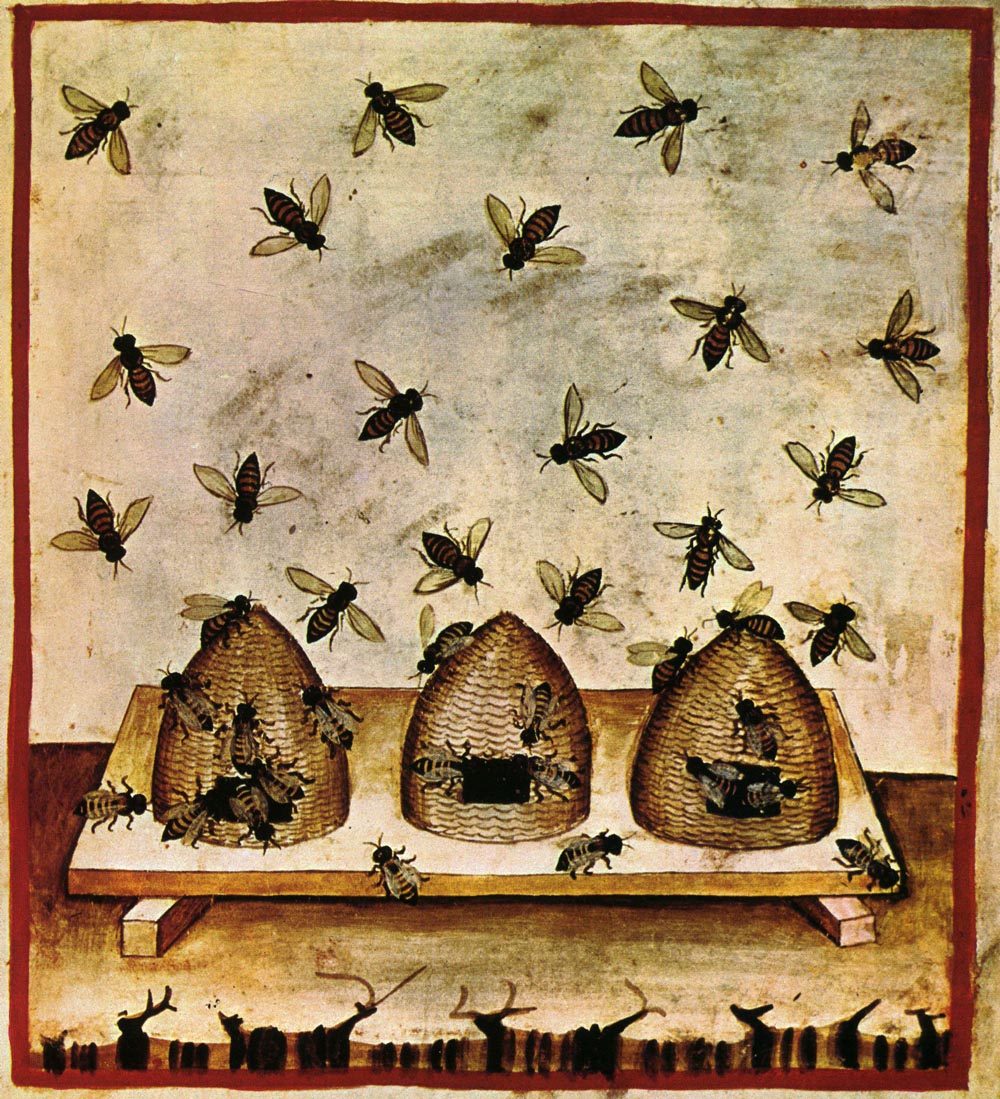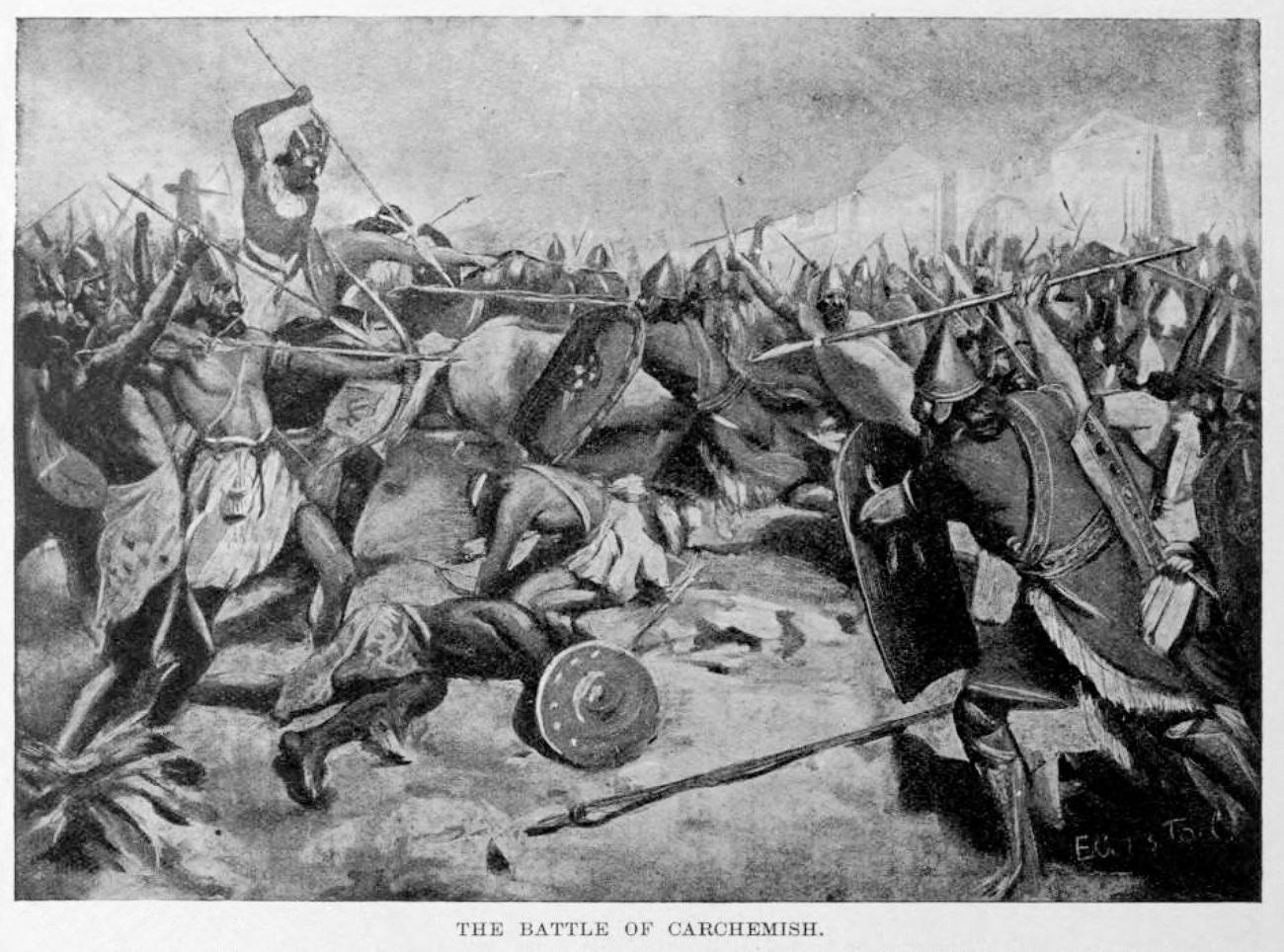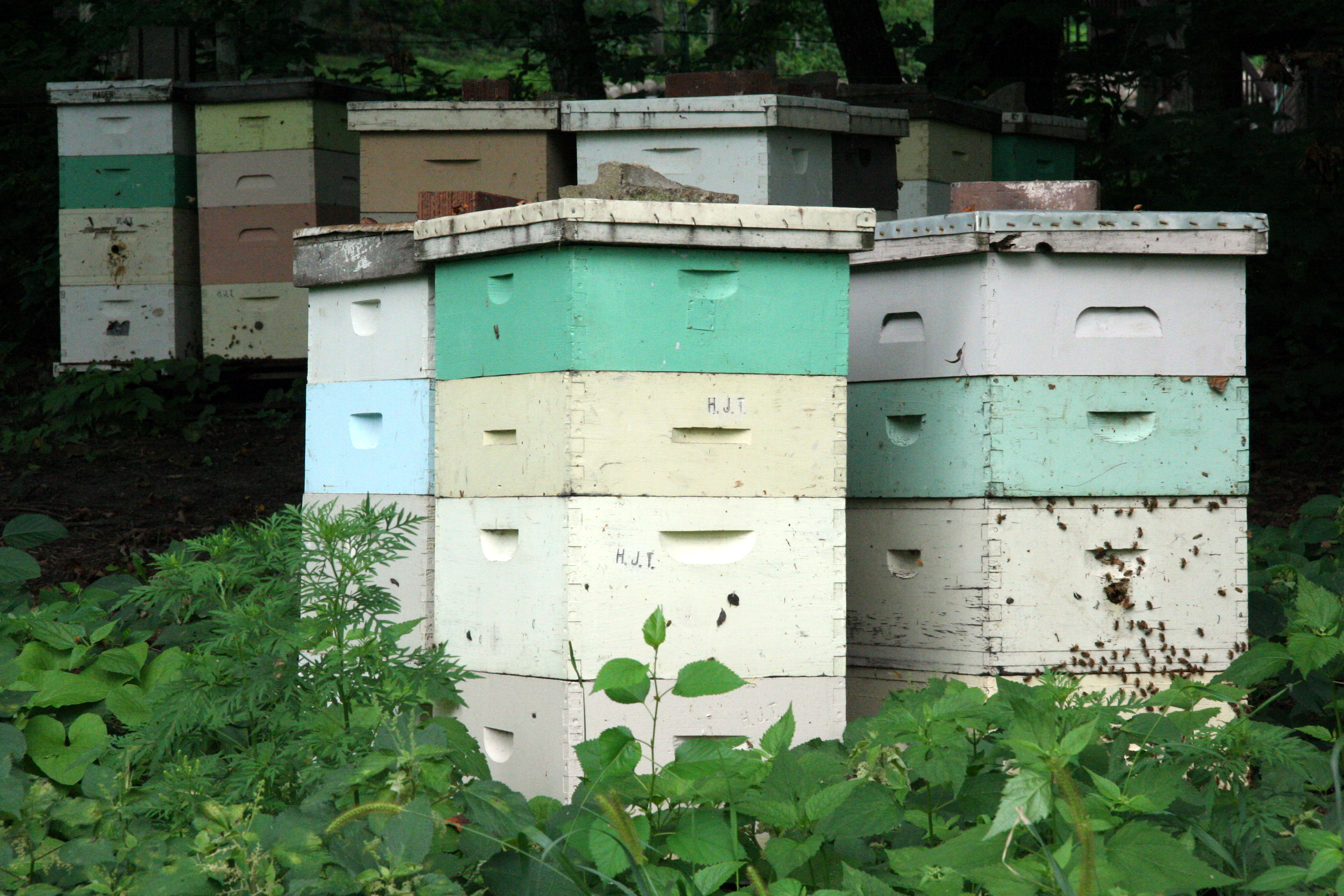|
Beekeeping Pioneers
Beekeeping (or apiculture) is the maintenance of bee colonies, commonly in man-made beehives. Honey bees in the genus ''Apis'' are the most-commonly-kept species but other honey-producing bees such as '' Melipona'' stingless bees are also kept. Beekeepers (or apiarists) keep bees to collect honey and other products of the hive: beeswax, propolis, bee pollen, and royal jelly. Pollination of crops, raising queens, and production of package bees for sale are other sources of beekeeping income. Bee hives are kept in an apiary or "bee yard". The keeping of bees by humans, primarily for honey production, began around 10,000 years ago. Georgia is known as the "cradle of beekeeping" and the oldest honey ever found comes from that country. The 5,500-year-old honey was unearthed from the grave of a noblewoman during archaeological excavations in 2003 near the town Borjomi. Ceramic jars found in the grave contained several types of honey, including linden and flower honey. Domes ... [...More Info...] [...Related Items...] OR: [Wikipedia] [Google] [Baidu] |
Art Of Ancient Egypt
Ancient Egyptian art refers to art produced in ancient Egypt between the 6th millennium BC and the 4th century AD, spanning from Prehistoric Egypt until the Christianization of Roman Egypt. It includes paintings, sculptures, drawings on papyrus, faience, jewelry, ivories, architecture, and other art media. It is also very conservative: the art style changed very little over time. Much of the surviving art comes from tombs and monuments, giving more insight into the ancient Egyptian afterlife beliefs. The ancient Egyptian language had no word for "art". Artworks served an essentially functional purpose that was bound with religion and ideology. To render a subject in art was to give it permanence. Therefore, ancient Egyptian art portrayed an idealized, unrealistic view of the world. There was no significant tradition of individual artistic expression since art served a wider and cosmic purpose of maintaining order ( Ma'at). Art of Pre-Dynastic Egypt ... [...More Info...] [...Related Items...] OR: [Wikipedia] [Google] [Baidu] |
Twenty-sixth Dynasty
The Twenty-sixth Dynasty of Egypt (notated Dynasty XXVI, alternatively 26th Dynasty or Dynasty 26) dynasty was the last native dynasty to rule Egypt before the Persian conquest in 525 BC (although others followed). The dynasty's reign (664–525 BC) is also called the Saite Period after the city of Sais, where its pharaohs had their capital, and marks the beginning of the Late Period of ancient Egypt.Aidan Dodson, Dyan Hilton. ''The Complete Royal Families of Ancient Egypt''. The American University in Cairo Press, London 2004 History This dynasty traced its origins to the Twenty-fourth Dynasty. Psamtik I was probably a descendant of Bakenranef. Following the Assyrian conquest of Egypt by the Neo-Assyrian Empire during the reigns of Taharqa and Tantamani, and the subsequent collapse of the Twenty-fifth Dynasty of Egypt, Psamtik I was recognized as sole king over all of Egypt. Psamtik formed alliances with King Gyges of Lydia, who sent him mercenaries from Caria and ancient Gr ... [...More Info...] [...Related Items...] OR: [Wikipedia] [Google] [Baidu] |
Pabasa
The ancient Egyptian noble Pabasa was chief steward of the God's Wife of Amun Nitocris I during the Saite Period. He is buried in tomb TT279, which is located in the El-Assasif, part of the Theban Necropolis, near Thebes. His sarcophagus was acquired in Paris in 1836 by Alexander Douglas-Hamilton, 10th Duke of Hamilton and was kept at Hamilton Palace until it was given to the Kelvingrove Art Gallery and Museum in Glasgow by the Hamilton Estate Trustees in 1922. One of Pabasa's grandsons was Pedubast, the chief steward and overseer of Upper Egypt, whose burial was discovered in 2015, located within the tomb TT391 at El-Assasif. File:TT279.jpg, Plan of Pabasa's tomb, TT279 File:Nitocris Psammetique Ier T Pabasa.jpg, Relief from TT279 depicting Nitocris I (left) and her father Psamtik I (center) before Ra-Horakhty Ra (; egy, rꜥ; also transliterated ; cuneiform: ''ri-a'' or ''ri-ia''; Phoenician: 𐤓𐤏,CIS I 3778 romanized: rʿ) or Re (; cop, ⲣⲏ, trans ... [...More Info...] [...Related Items...] OR: [Wikipedia] [Google] [Baidu] |
Honeycomb
A honeycomb is a mass of hexagonal prismatic wax cells built by honey bees in their nests to contain their larvae and stores of honey and pollen. Beekeepers may remove the entire honeycomb to harvest honey. Honey bees consume about of honey to secrete of wax, and so beekeepers may return the wax to the hive after harvesting the honey to improve honey outputs. The structure of the comb may be left basically intact when honey is extracted from it by uncapping and spinning in a centrifugal machine, more specifically a honey extractor. If the honeycomb is too worn out, the wax can be reused in a number of ways, including making sheets of comb foundation with hexagonal pattern. Such foundation sheets allow the bees to build the comb with less effort, and the hexagonal pattern of worker-sized cell bases discourages the bees from building the larger drone cells. Fresh, new comb is sometimes sold and used intact as comb honey, especially if the honey is being spread on bread rather th ... [...More Info...] [...Related Items...] OR: [Wikipedia] [Google] [Baidu] |
Fifth Dynasty
The Fifth Dynasty of ancient Egypt (notated Dynasty V) is often combined with Dynasties Third Dynasty of Egypt, III, Fourth Dynasty of Egypt, IV and Sixth Dynasty of Egypt, VI under the group title the Old Kingdom of Egypt, Old Kingdom. The Fifth Dynasty pharaohs reigned for approximately 150 years, from the early 25th century BC until the mid 24th century BC. Chronology The Fifth Dynasty of Egypt is a group of nine kings ruling Egypt for approximately 150 years in the 25th century BC, 25th and 24th century BC, 24th centuries BC. The relative succession of kings is not entirely secured as there are contradictions between historical sources and archaeological evidence regarding the reign of the shadowy Shepseskare. Rulers Known rulers in the Fifth Dynasty are listed below. Manetho assigns 248 years of rule to the Fifth Dynasty; however, the pharaohs of this dynasty more probably ruled for approximately 150 years. This estimate varies by both scholar and source. The Horus names a ... [...More Info...] [...Related Items...] OR: [Wikipedia] [Google] [Baidu] |
Nyuserre Ini
Nyuserre Ini (also Niuserre Ini or Neuserre Ini; in Greek known as Rathurês, ''Ῥαθούρης'') was an Ancient Egyptian pharaoh, the sixth ruler of the Fifth Dynasty during the Old Kingdom period. He is credited with a reign of 24 to 35 years depending on the scholar, and likely lived in the second half of the 25th century BCE. Nyuserre was the younger son of Neferirkare Kakai and queen Khentkaus II, and the brother of the short-lived king Neferefre. He may have succeeded his brother directly, as indicated by much later historical sources. Alternatively, Shepseskare may have reigned between the two as advocated by Miroslav Verner, albeit only for a few weeks or months at the most. The relation of Shepseskare with Neferefre and Nyuserre remains highly uncertain. Nyuserre was in turn succeeded by Menkauhor Kaiu, who could have been his nephew and a son of Neferefre. Nyuserre was the most prolific builder of his dynasty, having built three pyramids for himself and his que ... [...More Info...] [...Related Items...] OR: [Wikipedia] [Google] [Baidu] |
Egyptian Sun Temple
Egyptian sun temples were ancient Egyptian temples to the sun god Ra. The term has come to mostly designate the temples built by six or seven pharaohs of the Fifth Dynasty during the Old Kingdom period. However, sun temples would make a reappearance a thousand years later under Akhenaten in the New Kingdom with his building of the Karnak Temple in Thebes. Fifth Dynasty sun temples were built in two localities, Abu Gorab and Abusir, within of each other and around south of modern-day Cairo. They may have been modeled after an earlier sun temple in Heliopolis. Six or seven temples are thought to have been built, but only two have been uncovered: that of Userkaf and that of Nyuserre.Robert G Morkot, ''The Egyptians: An Introduction''. pp. 223 The six kings associated with having built sun temples are: Userkaf, Sahure, Neferirkare, Reneferef or Neferefre, Nyuserre, and Menkauhor. Djedkare Isesi, the eighth king of the 5th Dynasty, seems to have abruptly stopped the buildin ... [...More Info...] [...Related Items...] OR: [Wikipedia] [Google] [Baidu] |
Tutankhamun
Tutankhamun (, egy, twt-ꜥnḫ-jmn), Egyptological pronunciation Tutankhamen () (), sometimes referred to as King Tut, was an Egyptian pharaoh who was the last of his royal family to rule during the end of the Eighteenth Dynasty (ruled in the conventional chronology) during the New Kingdom of Egyptian history. His father is believed to be the pharaoh Akhenaten, identified as the mummy found in the tomb KV55. His mother is his father's sister, identified through DNA testing as an unknown mummy referred to as " The Younger Lady" who was found in KV35. Tutankhamun took the throne at eight or nine years of age under the unprecedented viziership of his eventual successor, Ay, to whom he may have been related. He married his paternal half-sister Ankhesenamun. During their marriage they lost two daughters, one at 5–6 months of pregnancy and the other shortly after birth at full-term. His names—''Tutankhaten'' and ''Tutankhamun''—are thought to mean "Living image of At ... [...More Info...] [...Related Items...] OR: [Wikipedia] [Google] [Baidu] |
Skep
A beehive is an enclosed structure in which some honey bee species of the subgenus ''Apis'' live and raise their young. Though the word ''beehive'' is commonly used to describe the nest of any bee colony, scientific and professional literature distinguishes ''nest'' from ''hive''. ''Nest'' is used to discuss colonies that house themselves in natural or artificial cavities or are hanging and exposed. ''Hive'' is used to describe an artificial/man-made structure to house a honey bee nest. Several species of ''Apis'' live in colonies, but for honey production the western honey bee (''Apis mellifera'') and the eastern honey bee (''Apis cerana'') are the main species kept in hives. The nest's internal structure is a densely packed group of hexagonal prismatic cells made of beeswax, called a honeycomb. The bees use the cells to store food (honey and pollen) and to house the brood (eggs, larvae, and pupae). Beehives serve several purposes: production of honey, pollination of nea ... [...More Info...] [...Related Items...] OR: [Wikipedia] [Google] [Baidu] |
Bee Hive
A beehive is an enclosed structure in which some honey bee species of the subgenus ''Apis'' live and raise their young. Though the word ''beehive'' is commonly used to describe the nest of any bee colony, scientific and professional literature distinguishes ''nest'' from ''hive''. ''Nest'' is used to discuss colonies that house themselves in natural or artificial cavities or are hanging and exposed. ''Hive'' is used to describe an artificial/man-made structure to house a honey bee nest. Several species of ''Apis'' live in colonies, but for honey production the western honey bee (''Apis mellifera'') and the eastern honey bee (''Apis cerana'') are the main species kept in hives. The nest's internal structure is a densely packed group of hexagonal prismatic cells made of beeswax, called a honeycomb. The bees use the cells to store food (honey and pollen) and to house the brood (eggs, larvae, and pupae). Beehives serve several purposes: production of honey, pollination of nea ... [...More Info...] [...Related Items...] OR: [Wikipedia] [Google] [Baidu] |
Cueva Arana
Cuevas or Cueva (Spanish for "''cave(s)''") may refer to: Places * Cueva de Ágreda, a municipality located in the province of Soria, Castile and León, Spain * Cuevas Bajas, a town and municipality in the province of Málaga, part of the autonomous community of Andalusia in southern Spain * Cuevas de Almudén, a town in the province of Teruel, Aragón, Spain * Cuevas del Almanzora, a municipality of Almería province, in the autonomous community of Andalusia, Spain * Cuevas del Becerro, a town and municipality in the province of Málaga, part of the autonomous community of Andalusia in southern Spain * Cuevas del Valle, a municipality in the province of Ávila, Castile and León, Spain * Cuevas de Provanco, a municipality in the province of Segovia, Castile and León, Spain * Cuevas de San Clemente, a municipality in the province of Burgos, Castile and León, Spain * Cuevas de San Marcos, a town and municipality in the province of Málaga * Cuevas de Vera, a town in south ... [...More Info...] [...Related Items...] OR: [Wikipedia] [Google] [Baidu] |

.jpg)

_-_046_(cropped).jpg)


